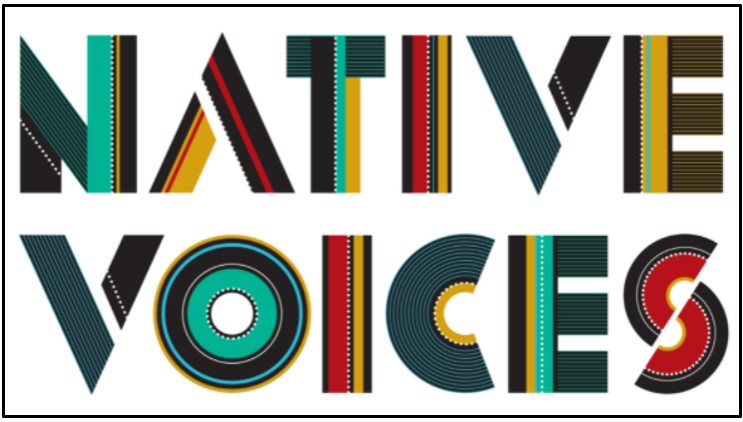 By Neenah Payne
By Neenah Payne
Americans flock to the Amazon to drink ayahuasca with shamans. However, for most Americans, Native America is the ignored Big Pink Elephant in the living room. Although many of our states, cities, and rivers carry Native names, most Americans ignore the existence of the 500 Native Nations. Yet, we are more closely connected than most realize. Even the name “American” was used only for the peoples of this hemisphere until the US colonists separated from England. We are impoverished by ignoring these profound ancient cultures and greatly enriched when we take the time to learn more.
On October 11 at 3PM, Chasing Voices tells the extraordinary life story of ethnographer John Peabody Harrington. Beginning in 1907, Harrington crisscrossed the US documenting Native American languages. Today tribes are accessing the notes, reviving their once dormant languages, and bringing together a new generation of language learners to save Native languages. See the preview.
The John Peabody Harrington Collection
From The J.P. Harrington Collection: How one scholar’s early 20th Century dedication to collaborative native language documentation impacted Breath of Life participants of 2015
It is hard to judge whether John Peabody Harrington (1884-1961) knew the impact he would have on native languages and communities nearly a century after his research. As an ethnographer and linguist of the Smithsonian Institution’s Bureau of American Ethnology (BAE) (1915 to 1955), Harrington was exceptionally prolific.
During his 40 years at the Smithsonian, he amassed a collection of notes, vocabularies and publications so vast it spanned 130 languages, over 1 million pages of notes, 200 sound recordings and 3,500 photographs. His collection is cared for by the Smithsonian Institution’s National Anthropological Archives at the National Museum of Natural History’s Museum Support Center in Suitland, Maryland.
This collection is of special importance [for] native communities who are losing languages or have lost their first language speakers. “For many of these languages, it is the best historic record; for some, it is the only surviving record…Linguists and communities interested in language revitalization consider the collection a treasure.”
For many participants at this year’s Breath of Life Archival Institute for Indigenous Languages in Washington, D.C, the J.P. Harrington collection is reason enough to attend. This year, 14 different languages are represented at the 2-week workshop, all of which will benefit to some degree from the notes, photographs, and vocabularies of the J.P. Harrington collection.
For the Nisenan participants at Breath of Life, the J.P. Harrington collection has proven invaluable. Key pieces of information about the language have been found in the collection including place names not known to be recorded anywhere else. In reviewing Harrington’s field notes, Dr. Sheri Tatsch who has worked with the collection for 15 years, explains how Harrington discovered that Nisenan is comprised of several dialects, something which no one had caught on to prior.
Harrington’s ‘perfect ear’ allowed him to determine that the “Nisenan language is tonal, like the word for duck in Mandarin”, and that length of a word can change the meaning of a word…. Harrington left clues throughout his field notes that provide insights into the language that do not exist elsewhere….it offers the Nisenan language learners perhaps one of their most valuable sources of Nisenan linguistic and cultural information.
For Regina Gradias and Sylvia Regalado of the Barbareño Band of Chumash Indians, the J.P. Harrington collection is quite personal. Descendants of three generations of Barbareño Chumash women who worked directly with Harrington, seeing the collection “put everything into perspective”. Both women grew up knowing about their lineage and have long carried a strong sense of responsibility, and calling to the language. To them, J.P. Harrington was a family friend of their great grandmothers’ who spent a considerable amount of time with their family, even traveling with their Great Grandmother, Lucrecia Garcia, to Washington, D.C. to help document the language. But it wasn’t until they saw the records of the personal letters from their own relative to J.P. Harrington in the archives, they felt a sense, as Ms. Regalado explained, “that language reclamation really was possible”.
During their two weeks in the National Anthropological Archives, they saw just a fraction of the full collection, however there were some notable finds. Harrington’s field notes in particular contained many special stories about Barbareño Chumash culture. Ms. Gradias explained how “a lot of culture was shared, and that’s important…. It captured who we are as a community”. An even more significant find was a photo of Ms. Gradias’ great grandmother, the last fluent Barbareño Chumash speaker, standing in front of the Smithsonian Castle.
This was the same castle where the two women had spent their first day at the Breath of Life Archival Institute for Indigenous Languages in Washington, D.C. This photo which they had never seen before was discovered as a small icon when searching the online archival database. They were able to locate the original file and see it firsthand, again reminding them of their connection to the collection.
The two later recreated the image by each standing in the same location in front of the Castle to commemorate how 50 years later, another generation of Barbareño Chumash women were continuing the work to save their language. For both, Breath of Life 2015 has been an inspiration. “Breath of Life put everything into perspective. Coming here has opened the door and set us on a path to make revitalization a reality, it brought it to life for us” – Regina Gradias.
The complete J.P. Harrington collection is available online thanks to those who helped make the Harrington collection more widely accessible to the interested public. Support for preparation and digitization of the collection for online access has been provided by the following: Arcadia Fund; Colorado College Library; Cow Creek Band of Umpqua; Pechanga Band of Luiseno; Recovering Voices, SI; Rosetta Project, Long Now Foundation; Save America’s Treasures, DoI; Matthew Vestuto, on behalf of Barbareño/Ventureño Band of Mission Indians; Advocates for Indigenous California Language Survival (AICLS); and the Collections Program of the National Museum of Natural History. Visit the collection: http://anthropology.si.edu/naa/harrington/index.html
The Breath of Life Archival Institute for Indigenous Languages is a biennial event and this year was co-organized by the Myaamia Center of Miami University and the Recovering Voices program at the National Museum of Natural History, with the National Museum of the American Indian and the Library of Congress.
Native Languages Map To Biodiversity
On April 4, 2013, Tiokasin Ghosthorse, host of the First Voices Indigenous Radio show, interviewed Mark Camp, Deputy Executive Director of Cultural Survival about the importance of revitalizing indigenous languages now. That interview can be heard on the WBAI archives. Camp pointed out that the map of the world’s indigenous languages shows that these are the same areas of the world’s most biodiverse areas. So, saving indigenous languages, saves cultures and Mother Earth.
The world’s 7,000 languages include 5,200 indigenous languages which are greatly under threat. Tiokasin explained how urgent the situation is. There are 139 Native languages in the Americas. In the next 5 years, 70 of those could fall silent. Unless immediate action is taken to teach younger generations, there may be no indigenous languages at the end of the 21st century! However, radio is being used successfully now to revitalize indigenous languages in various countries.
The Language of Spirituality
The Language of Spirituality: “the first time in the post-colonial era where indigenous ways of knowing and leading edge science meet on truly equal footing” — Tiokasin Ghosthorse
The DVD The Language of Spirituality documents the discovery by physicists and linguists that the verb-intensive Native American languages better convey concepts of quantum physics and consciousness than noun-heavy Western languages. The DVD can be purchased or streamed. Since language influences how we see the world and understand reality, Native American languages provide a more accurate view of the universe.
In his book Evolutionaries: Unlocking the Spiritual and Cultural Potential of Science’s Greatest Idea, Carter Phipps shows that the West is now beginning to understand the key role of language for individuals and cultures — and the importance of the concept of process, movement, being, life.
Phipps says:
“In discipline after discipline, statis is losing the battle to movement, process, change, and contingency….These are insights that go to the core of what it means to be human…..We are moving too. In fact, some might say that we are movement itself. In so many ways, this fundamental insight is emerging everywhere.”
Phipps cites Henri Bergson:
“Life in general is mobility itself….we treat each of them as a thing rather than a process, forgetting that the very permanence of their form is only the outline of a movement“.
Phipps states that Alfred North Whitehead
“…called our failure to recognize this movement, our tendency to turn flow into fixity ‘the fallacy of misplaced concreteness'”.
Phipps adds that German philosopher Jurgen Habermas,
“argues that both psychological development and cultural development are ultimately based on linguistic structures and it has since be convincingly demonstrated by Piaget, Kohlberg, Kegan, and others that if a development logic exists in the maturation of the individual ego, then there is every reason to suspect that social evolution would exhibit a similar trajectory.”
However, as the DVD The Language of Spirituality shows, the noun-heavy Western languages make it difficult to convey this essential understanding of fluidity and motion that is inherent in verb-intensive Native American languages. This indicates the importance of ensuring the survival of these languages and cultures. With their sophisticated understanding of reality, they have much to teach the West.
Do the languages and cosmologies of Native Americans hold the keys to the mysteries of quantum physics and the nature of reality? That is the intriguing premise of The Language of Spirituality, a documentary film about the intersection of spirituality, modern science and language. Inspired by a series of dialogues between Western physicists, Native scholars, elders, and linguists, the documentary begins by exploring how language and worldview influence each other.
The late Dan “Moonhawk” Alford traced the evolution of Einstein’s theory of relativity from its beginnings as a linguistic principle and its connection to the groundbreaking work of scholar Benjamin Whorf whose study of Hopi and other Native languages in the early 20th century revealed a language structure quite dissimilar from Indo-European languages, but strikingly capable of describing the dynamic world of quantum physics at a time when physicists were lamenting their inability to describe the subatomic realm in conventional language.
Whorf’s theories were bolstered by the work of noted theoretical physicist David Bohm whose notions of reality and consciousness as expressed in his book Wholeness and the Implicate Order mirror the Hopi worldview. In 1992, it all came full circle when Bohm was invited to meet Native elders at a dialogue in Kalamazoo, Michigan. There, Bohm was exposed to the Native worldview and found the dynamic, verb-based language that he had imagined.
Filmmaker Anthony DellaFlora captures this momentous meeting of minds and the beginnings of the ongoing dialogue in The Language of Spirituality. In this 62-minute documentary, participants in the dialogues including Fred Alan Wolf (What the Bleep Do We Know?), Bohm colleague F. David Peat, and Blackfoot scholar Dr. Leroy Little Bear speak about the dialogues and their implications for the future.
See the trailer. Order the film.
Jagged Worldview Colliding (PDF)
Indigenous Knowledge and Western Science: Dr. Leroy Little Bear Talk
Indigenous Knowledge and Western Science: Dr. Gregory Cajete Talk
Northwest Coast Salish — Growing Native: Oct 11 4PM
Watch Growing Native on October 11 at 4PM. See the preview. It is a four-part series focusing on reclaiming traditional indigenous knowledge and food ways to address critical issues of health and wellness, the environment and human rights. From totem poles to language revitalization and traditional agriculture, Host Chris Eyre (Cheyenne Arapaho) discovers the resilience of the Coast Salish Tribes of the Pacific Northwest. Travel down historic waterways as the tribe revisits their ancient connection to the water with an annual canoe journey.
Filmmaker Ben-Alex Dupris
Bunky Echo-Hawk: The Resistance (video) Filmmaker Ben-Alex Dupris explores how the reality and resistance of Native Americans inspire the work of Pawnee artist Bunky Echo-Hawk, igniting discussions about environmentalism, Native rights, and numerous other current topics.
How Native America Transformed The World
16 Indian Innovations: From Popcorn to Parkas says:
“Nearly half the world’s leading food crops can be traced to plants first domesticated by Indians. Native farmers introduced Europeans to a cornucopia of nutritious plants, including potatoes, peanuts, manioc, beans, tomatoes, sunflowers, and yams. Maize, or corn, was by far the most significant contribution, now grown on every continent except Antarctica.”
Indian Givers: How the Indians of the Americas Transformed the World by anthropologist Jack Weatherford explains:
“After 500 years, the world’s huge debt to the wisdom of the Indians of the Americas has finally been explored in all its vivid drama by anthropologist Jack Weatherford. He traces the crucial contributions made by the Indians to our federal system of government, our democratic institutions, modern medicine, agriculture, architecture, and ecology, and in this astonishing, ground-breaking book takes a giant step toward recovering a true American history.”
In Native Roots: How the Indians Enriched America, Weatherford says:
“Conventional American history holds that the white settlers of the “New World” re-created the societies they had known in England, France, and Spain. But Weatherford brilliantly shows the Europeans grafted their civilization onto the deep and nourishing roots of Native American customs and beliefs. Our place names, our farming and hunting techniques, our crafts, the very blood that flows in our veins — all derive from American Indians ways that we consistently fail to see.”
Bolivia honored Weatherford for his work. Weatherford taught for 29years at Macalester College in Saint Paul, Minnesota, where he held the DeWitt Wallace Distinguished Chair of Anthropology.
Iroquois Great Law of Peace Inspired US Constitution
The Iroquois (Haudenosaunee) in upstate New York are the oldest living democracy. In 1987, Cornell University discussed the link between the Iroquois Confederacy and the U.S. Constitution. In 1988, Congress passed H. Con. Res. 331 to acknowledge the contribution of the Iroquois Confederacy of Nations to the development of the United States Constitution. Chief Oren Lyons, Faithkeeper of the Onondaga Nation of the Haudenosaunee, holds a poster In the photo showing the first draft of the US Constitution…
Chief Lyons is co-editor of Exiled in the Land of the Free: Democracy, Indian Nations, and the U.S. Constitution which is used at 12 universities. Bill Moyers (video) interviewed Chief Lyons on the Haudenosaunee land in 1991. Chief Lyons explains that despite 500 years of opposition, the Haudenosaunee and their traditions are still intact. The Haudenosaunee are a sovereign a nation and travel on their own passport.
Philip P. Arnold, a member of Neighbors of the Onondaga Nation (NOON) and associate professor of indigenous religions at Syracuse University, says: “How we in the larger society regard indigenous peoples — who have an ongoing relationship with the living earth — will determine our ability to survive.”
How the Iroquois Great Law of Peace Shaped U.S. Democracy (Video)
Neenah Payne writes for Natural Blaze and Activist Post
Top image credit: OSHU
Become a Patron!
Or support us at SubscribeStar
Donate cryptocurrency HERE
Subscribe to Activist Post for truth, peace, and freedom news. Follow us on Telegram, HIVE, Flote, Minds, MeWe, Twitter, Gab, Ruqqus, and What Really Happened.
Provide, Protect and Profit from what’s coming! Get a free issue of Counter Markets today.

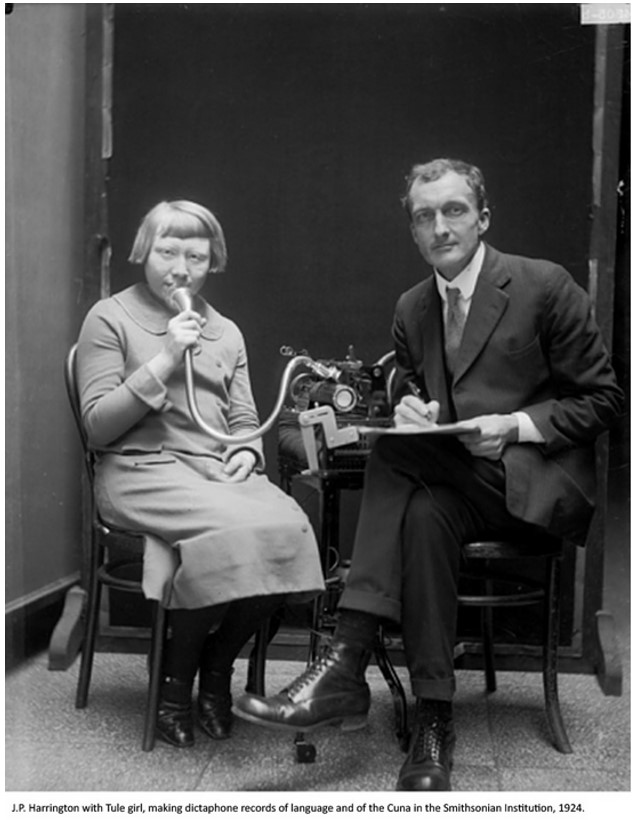
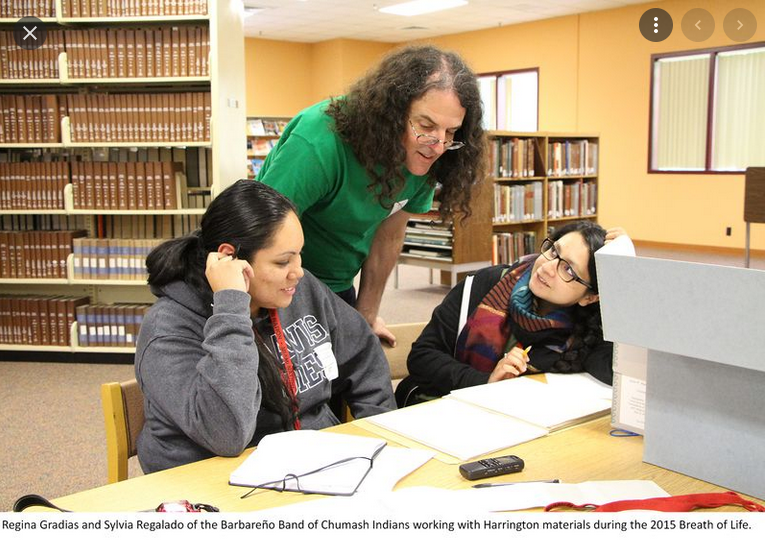
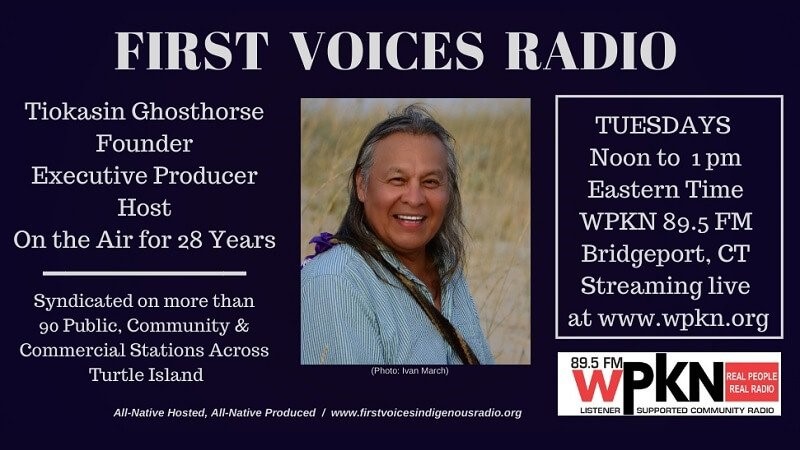
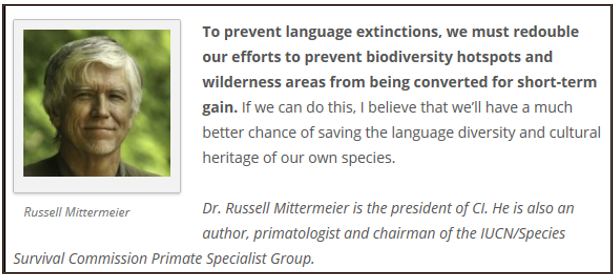
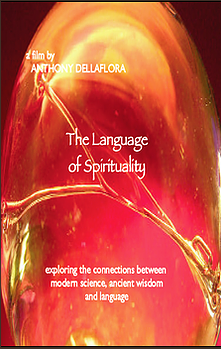

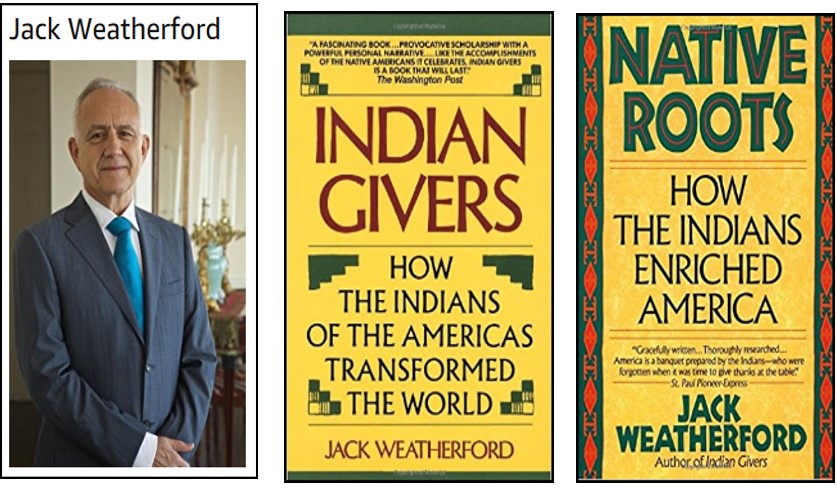
Be the first to comment on "Native America’s Gifts To The World"